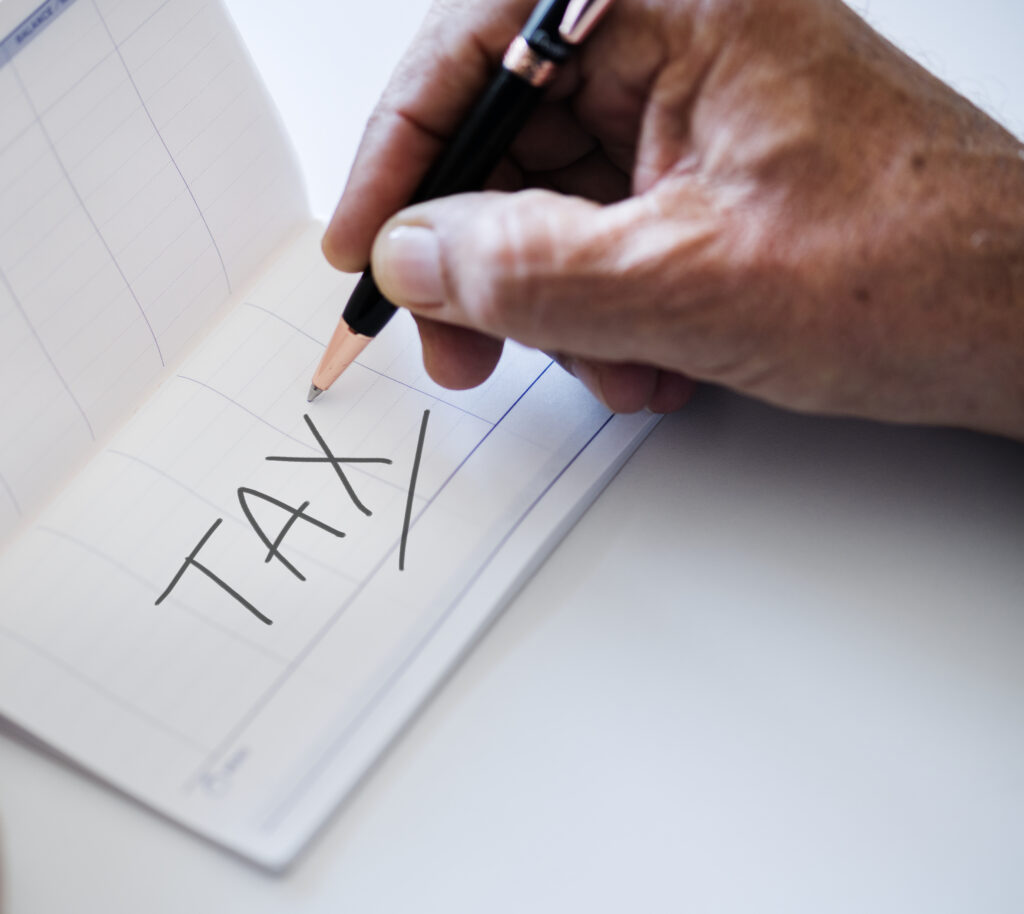Hey Finance Trailblazers! Thrilled to have you join us at My Finance World, your virtual hub for all things money-smart and savvy. I’m Sukhpreet, your guide through the financial jungle, and I’m here to prove that finance isn’t just about numbers—it’s about stories, strategies, and your path to financial victory. Whether you’re a seasoned business pro, a startup dreamer, or just someone looking to level up their financial game, you’re in for a treat. Each article is a roadmap, a treasure map of sorts, that we’ll explore together. So, buckle up for a journey where finance meets flair, and we turn every financial challenge into a triumph. Excited? Let’s dive into the world where finance and fun collide!” 😊
Introduction:
Ah, Canada – home to maple syrup, hockey, and some of the most picturesque landscapes in the world. But there’s one aspect of Canadian life that’s not quite as picturesque: taxes. Yes, we’re diving into the world of Canadian tax brackets, but fear not! With a bit of understanding and a sprinkle of humor, we’ll make this topic as enjoyable as a stroll through Stanley Park.
- Maple Syrup and Marginal Tax Rates
Let’s start with the basics: marginal tax rates. Think of these as layers of a delicious stack of pancakes, with each layer representing a different tax bracket. As your income increases, you move up the stack, paying a higher percentage of tax on each additional dollar earned. Just like adding more syrup to your pancakes, except less sweet and more paperwork. - The Basic Personal Amount: Your Tax-Free Zone
Every Canadian gets to enjoy a tax-free zone called the Basic Personal Amount (BPA). It’s like finding a hidden stash of maple candies – a sweet surprise! For 2022, the BPA is $13,808, meaning you don’t pay federal tax on income up to this amount. So go ahead, treat yourself to some tax-free earnings. - From Maple Leafs to Tax Leaves: The Tax Brackets
Now, let’s talk about the tax leaves – er, brackets. Canada has federal and provincial tax brackets, and they vary depending on where you live. From Newfoundland to British Columbia, each province has its own set of tax rates, so make sure to check your province’s tax brackets before filing your taxes. - The Tale of Two Taxes: Federal vs. Provincial
In Canada, you pay both federal and provincial taxes on your income. The federal tax rates apply to everyone across the country, while provincial tax rates vary by province. It’s like having two toppings on your poutine – double the flavor, double the fun! - Making Tax Time a Winter Wonderland: Tax Credits and Deductions
Don’t forget about tax credits and deductions – they’re like little snowflakes that can help reduce your tax bill. From tuition credits to medical expenses, there are plenty of ways to make tax time feel like a winter wonderland. Just make sure to keep track of your receipts – they’re worth their weight in snowflakes. - The Joys of RRSPs and TFSAs: Saving for the Future
RRSPs and TFSAs are like the polar bears of the Canadian tax landscape – they’re cool, they’re reliable, and they can help you survive the financial winter. RRSP contributions can reduce your taxable income, while TFSA earnings are tax-free. So go ahead, embrace the chill and start saving for the future.
Conclusion:
Understanding Canadian tax brackets may not be as exhilarating as skiing down Whistler Blackcomb or paddling through the Great Lakes, but it’s an essential part of Canadian life. By mastering the basics of marginal tax rates, exploring tax credits and deductions, and embracing savings options like RRSPs and TFSAs, you’ll be well-equipped to navigate the Canadian tax landscape like a true Canuck. So grab your toque, pour yourself a cup of Tim Hortons, and let’s tackle those tax brackets together – eh!
Disclaimer: This article is provided for informational purposes only and does not constitute financial, investment, or legal advice. The author and publisher are not responsible for any decisions made based on the information provided. Readers are advised to seek professional advice for their specific circumstances. Any reliance on the information in this article is at the reader’s own risk.
To read more, click here
Thank You For Reading, feel free to ask any questions in the comment section below.
Follow us on Social Media Platforms,
Click Here: Instagram, Facebook, YouTube, and Twitter
Stay Informed, Stay Responsible with My Finance World!
